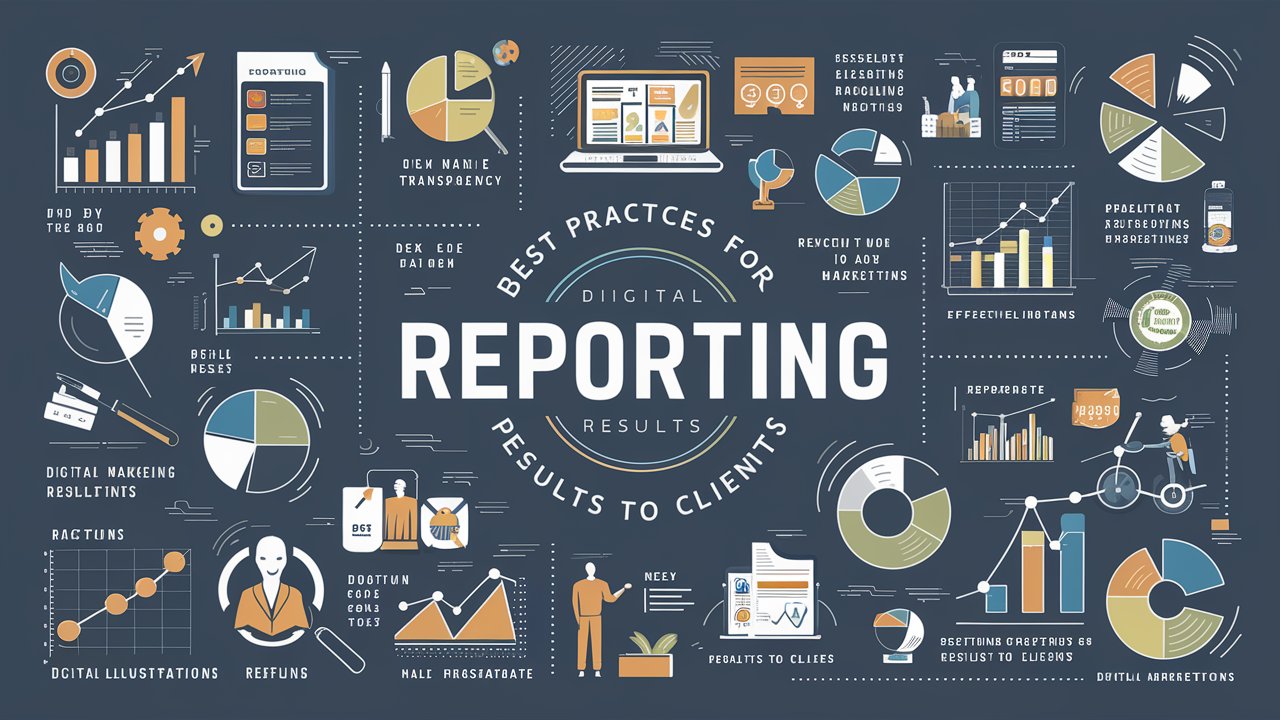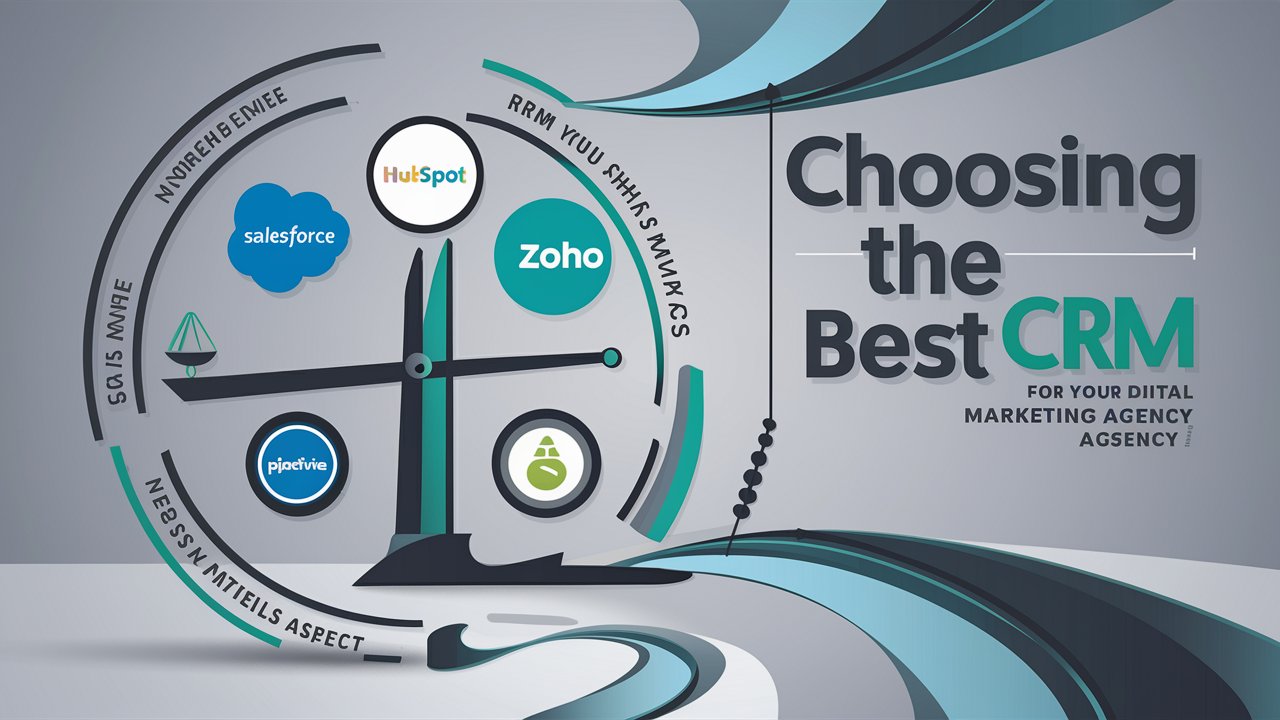Effective reporting is crucial for digital marketing agencies to demonstrate value, maintain transparency, and build trust with clients. Well-structured reports not only showcase the results of your marketing efforts but also help in aligning expectations and driving strategic decisions. This comprehensive guide will explore best practices for digital marketing reporting, ensuring clarity, transparency, and client satisfaction.
1. Understand Client Expectations and Goals
Keyword: Client Goals for Digital Marketing Reporting
Before creating reports, it’s essential to understand your clients’ goals and expectations. Tailor your reporting to address these specific needs.
- Initial Consultation: Discuss with clients their key performance indicators (KPIs) and objectives. What metrics are most important to them?
- Custom Reporting: Develop reports that align with their business goals, whether it’s increasing brand awareness, driving traffic, or generating leads.
Example Practice: “Conducting a goal-setting meeting with clients to identify their primary KPIs ensures that reports are relevant and focused on their specific needs.”
2. Choose the Right Metrics and KPIs
Keyword: KPIs for Digital Marketing Reporting
Selecting the right metrics and KPIs is crucial for delivering meaningful insights and demonstrating the impact of your marketing efforts.
- Relevant Metrics: Focus on metrics that align with the client’s objectives, such as conversion rates, click-through rates (CTR), cost per acquisition (CPA), and return on investment (ROI).
- Avoid Overloading: Avoid overwhelming clients with too much data. Instead, highlight key metrics that provide actionable insights.
Example Metrics: “For an e-commerce client, prioritize metrics like conversion rate, average order value, and ROI over less relevant metrics like social media likes.”
3. Use Clear and Engaging Visuals
Keyword: Visuals in Digital Marketing Reporting
Visual representations of data can make reports more understandable and engaging. Use charts, graphs, and infographics to convey complex information.
- Data Visualization: Incorporate visual elements such as bar charts, pie charts, and line graphs to represent performance data.
- Interactive Dashboards: Provide clients with interactive dashboards that allow them to explore data in real-time and customize views.
Example Visuals: “Using a line graph to show monthly traffic trends and a pie chart to break down traffic sources makes it easier for clients to understand performance.”
4. Provide Context and Analysis
Keyword: Analysis in Digital Marketing Reporting
Data alone is not enough; providing context and analysis helps clients understand the significance of the metrics and how they relate to their goals.
- Interpret Results: Explain what the data means and how it impacts the client’s business. Highlight successes and areas for improvement.
- Compare Benchmarks: Compare current performance with historical data or industry benchmarks to provide perspective.
Example Analysis: “Explain that a 10% increase in conversion rate was achieved through a recent ad campaign, compared to an industry average increase of 5%.”
5. Include Actionable Insights and Recommendations
Keyword: Recommendations in Digital Marketing Reporting
Clients value actionable insights that guide their decision-making. Provide clear recommendations based on the data to help them achieve their goals.
- Actionable Steps: Suggest specific actions to improve performance, such as optimizing ad campaigns, adjusting SEO strategies, or refining content.
- Prioritize Recommendations: Focus on the most impactful recommendations that align with the client’s goals and budget.
Example Recommendation: “Based on data analysis, recommend increasing the budget for high-performing ad campaigns and revising the underperforming ones.”
6. Maintain Transparency and Honesty
Keyword: Transparency in Digital Marketing Reporting
Building trust with clients requires transparency and honesty, especially when discussing results that are not as expected.
- Be Honest About Challenges: Acknowledge any challenges or setbacks and provide a clear explanation of the steps being taken to address them.
- Show All Data: Present all relevant data, even if it shows less favorable results. Transparency helps in building credibility and trust.
Example Transparency: “If a campaign didn’t meet its goals, provide a detailed analysis of what went wrong and outline the corrective measures being implemented.”
7. Schedule Regular Reporting and Updates
Keyword: Reporting Frequency for Digital Marketing
Regular reporting and updates help keep clients informed about their campaign’s progress and foster a strong working relationship.
- Set Reporting Schedule: Establish a consistent reporting schedule, such as monthly or quarterly, based on client preferences and campaign needs.
- Provide Updates: In addition to scheduled reports, offer regular updates on key developments or significant changes in performance.
Example Schedule: “Send monthly performance reports with a quarterly in-depth analysis to keep clients informed and engaged.”
8. Use Client-Friendly Reporting Tools
Keyword: Reporting Tools for Agencies
Utilize client-friendly reporting tools that simplify the presentation of data and make it easy for clients to access and understand reports.
- User-Friendly Platforms: Choose reporting tools that offer intuitive interfaces and customizable reporting options.
- Automated Reports: Use tools that automate report generation to save time and ensure timely delivery.
Example Tools: “Platforms like Google Data Studio and HubSpot provide customizable and easy-to-understand reports that clients can access anytime.”
9. Tailor Reports to Different Client Types
Keyword: Customized Reporting for Agencies
Different clients may have varying needs and preferences when it comes to reporting. Tailor your reports to accommodate these differences.
- For Executives: Provide high-level summaries focusing on ROI, strategic impact, and key takeaways.
- For Marketing Teams: Offer detailed data and insights that support tactical decision-making and day-to-day operations.
Example Customization: “For an executive client, present a summary with high-level KPIs and strategic impact. For a marketing team, include detailed performance metrics and actionable insights.”
10. Solicit Client Feedback and Adapt
Keyword: Client Feedback for Reporting
Regularly seek client feedback on your reporting process and adapt as needed to improve satisfaction and effectiveness.
- Request Feedback: Ask clients for their input on report formats, content, and frequency. Use surveys or direct conversations to gather their opinions.
- Make Improvements: Adjust your reporting practices based on feedback to better meet client needs and expectations.
Example Feedback: “Collect client feedback on the clarity and usefulness of reports and use it to refine the content and presentation of future reports.”
Conclusion
Effective digital marketing reporting is crucial for demonstrating value, maintaining transparency, and ensuring client satisfaction. By understanding client goals, choosing relevant metrics, using clear visuals, and providing actionable insights, you can create reports that not only showcase your results but also build trust and drive strategic decisions.
Call to Action
Ready to enhance your digital marketing reporting? Contact us today to learn how we can help you create insightful, transparent, and impactful reports that align with your clients’ needs and expectations!








